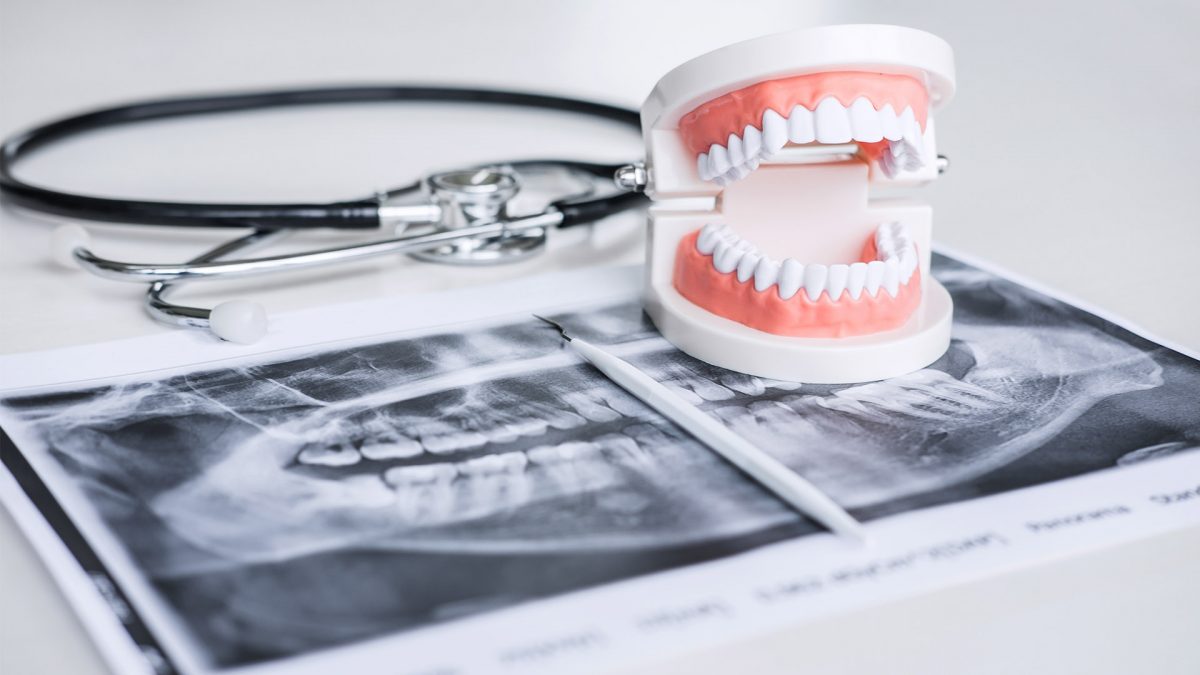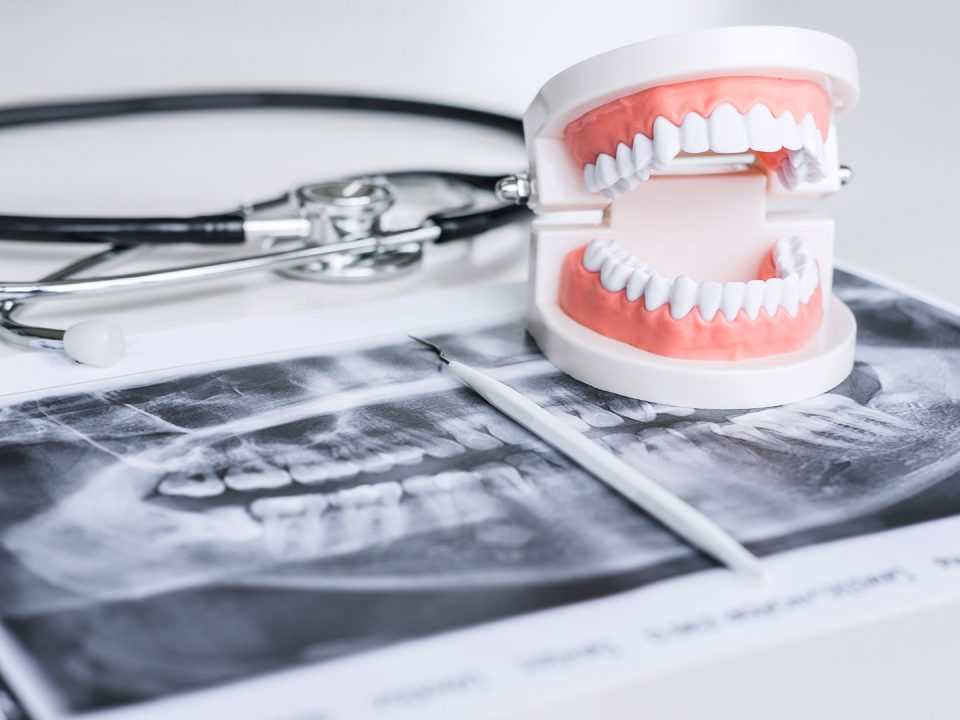
Temporomandibular disorders treatment efficacy assessment
13 January 2020
Headache and dental occlusion, a possible correlation
9 February 2020Alteration in the masticatory muscles, neck muscles and occlusion can be considered casual factors of imbalance of the postural muscular chains. Therefore, therapies that seek occlusal restoration, such as muscle relaxation techniques, should lead to an improvement in the overall equilibrium of the neuromuscular system and in the posture.
Osteopathic medicine is a noninvasive, drug-free manual medicine, classified as a complementary and alternative medicine. Its goal is the care of the individual in its entirety and works through manual manipulation techniques. The OMT is a hand-on approach that has the objective of improving structures that inhibit the body’s function or homeostasis.
Manzotti and colleagues investigated the action of OMT and its therapeutic efficiency by evaluating the effects on muscular activity through Teethan’s Occlusal Test. Assessment of masticatory muscles was performed before treatment and after a 30 minutes OMT session, which consisted of observing static posture, a dynamic objective examination, finding areas of tension, mobility restrictions and greater tissue density. The same Occlusal Test was also performed on a group of subjects who, instead, underwent a placebo treatment.
Results showed that 40% of the subjects who received OMT improved their muscular activity, and no worsening was noted.
Given this non-negligible impact of the treatment on masticatory muscle balance, the influence of Osteopathic Manipulative Treatment in influencing muscles of the craniofacial region is quite straight-forward.
This beneficial bridge between osteopathy and dentistry couldn’t have been quantified and verified if it wasn’t for a technology like Teethan.


